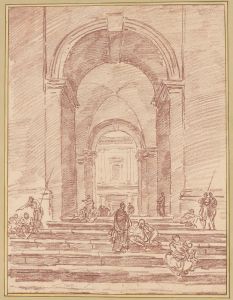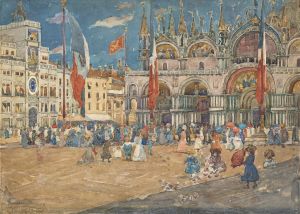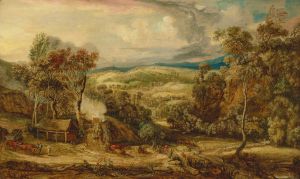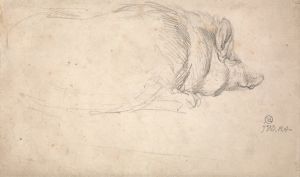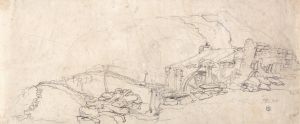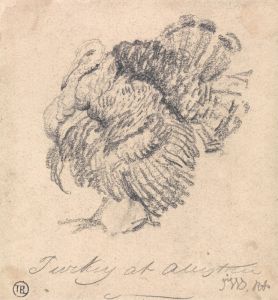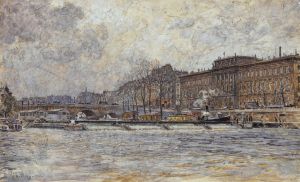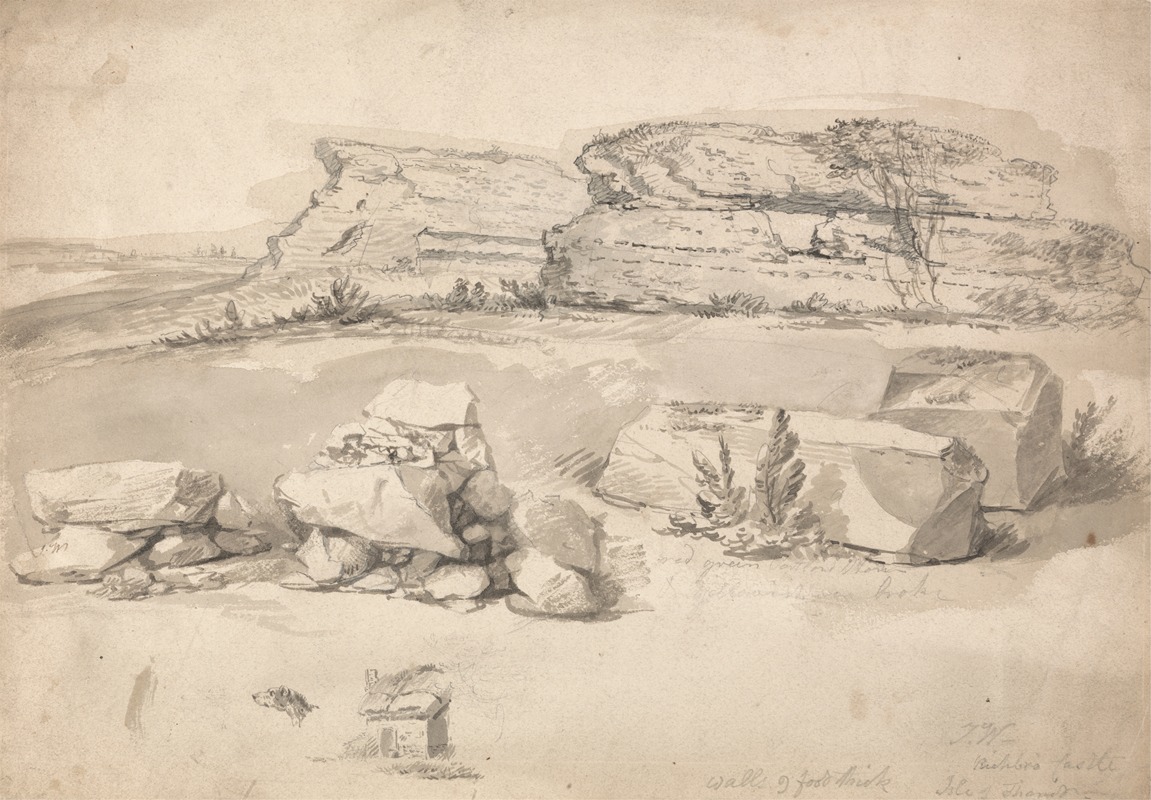
Ruins of Richbro’ Castle, Isle of Thanet
A hand-painted replica of James Ward’s masterpiece Ruins of Richbro’ Castle, Isle of Thanet, meticulously crafted by professional artists to capture the true essence of the original. Each piece is created with museum-quality canvas and rare mineral pigments, carefully painted by experienced artists with delicate brushstrokes and rich, layered colors to perfectly recreate the texture of the original artwork. Unlike machine-printed reproductions, this hand-painted version brings the painting to life, infused with the artist’s emotions and skill in every stroke. Whether for personal collection or home decoration, it instantly elevates the artistic atmosphere of any space.
"Ruins of Richborough Castle, Isle of Thanet" is a painting by the British artist James Ward. James Ward (1769–1859) was a prominent painter and engraver, known for his animal paintings and landscapes. He was an associate of the Royal Academy and later became a full member. Ward's works are characterized by their detailed and realistic portrayal of subjects, often capturing the essence of the British countryside and historical sites.
Richborough Castle, also known as Richborough Roman Fort, is located near Sandwich in Kent, England. It is one of the most important Roman sites in Britain, marking the site where the Romans are believed to have landed in AD 43 during their invasion of Britain. The fort played a significant role throughout the Roman occupation, serving as a military and naval base. Over the centuries, the site has seen various phases of construction and use, including a Saxon Shore fort in the late Roman period.
The painting "Ruins of Richborough Castle, Isle of Thanet" depicts the remnants of this historically significant site. Ward's work captures the atmospheric ruins of the castle, emphasizing the passage of time and the historical importance of the location. The painting likely reflects the Romantic era's fascination with ruins and the sublime, a common theme in the art and literature of the time.
Ward's depiction of Richborough Castle would have been informed by the historical and archaeological interest in Roman Britain that was prevalent during the 18th and 19th centuries. The ruins themselves are a testament to the Roman engineering prowess and their strategic military planning. The site includes the remains of defensive walls, a triumphal arch, and other structures that hint at its past grandeur.
In Ward's painting, the ruins are set against a natural landscape, possibly highlighting the contrast between the enduring natural world and the transient nature of human constructions. This juxtaposition is a common motif in Romantic art, where the beauty and power of nature often overshadow human achievements.
James Ward's "Ruins of Richborough Castle, Isle of Thanet" is a valuable piece of historical art that offers a glimpse into Britain's Roman past through the lens of 19th-century Romanticism. The painting not only serves as a visual record of the site but also reflects the broader cultural and artistic trends of Ward's time. Today, Richborough Castle remains an important archaeological site, managed by English Heritage, and continues to attract visitors interested in Britain's Roman history.







